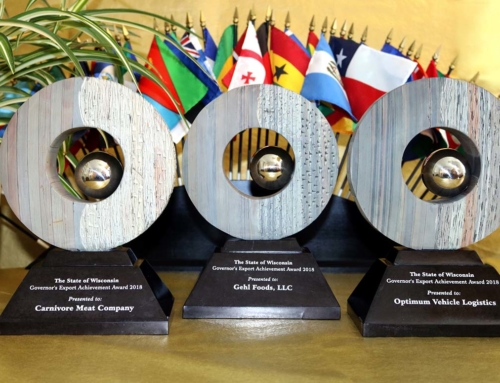A recent Brookings Institution study ranked Madison first for the proportion of science, technology, engineering and math (STEM) graduates compared to the general population. Madison is one of just 15 U.S. metro areas with a higher concentration of STEM grads than Finland, the global leader, and has the highest concentration overall—2.5 percent of people ages 20 to 24 living in the Madison metro area are STEM grads.
“This is good news for the state of Wisconsin as well as the city of Madison,” says Lisa Johnson, vice president of entrepreneurship and innovation at the Wisconsin Economic Development Corporation. “These are high-paying jobs that foster the creation of more jobs as these highly skilled and highly trained workers bring their ideas to fruition.”
The report defines advanced industry as the fields that spend the most on research and development (R&D) per worker, and whose jobs require a high degree of STEM knowledge. With these criteria, advanced industry encompasses a wide range of industries: auto manufacturing, aerospace, oil and gas extraction, computer software and more than 40 others.
The report notes some worrisome trends—for instance, that the U.S. is losing ground to other countries in terms of advanced industry competitiveness, as well as innovation performance and capacity.
Advanced industry “represents a potent source of U.S. prosperity,” the report says, but advanced industry in the U.S. is not national—it’s localized in metro areas such as Madison, Austin and Boston, the report concludes. It calls for these metro areas to take national leadership in solving challenges that face the industry, such as a shortage of qualified workers.
“The study shows that a healthy proportion of university graduates in the Madison metro area—more than one-quarter of all graduates—are receiving degrees in the STEM fields,” says Johnson. “This means our universities are contributing to the growth and stability of advanced industry in the U.S. We are pleased that Wisconsin’s innovation economy creates opportunities for many of these graduates to stay here after completing their degrees.”
Advanced industry employs 80 percent of the nation’s engineers, performs 90 percent of private-sector R&D, generates about 85 percent of all U.S. patents and accounts for 60 percent of U.S. exports. But the report notes that advanced industry supports an extensive supply chain and provides jobs at all levels of educational attainment, including workers without a bachelor’s degree.
More than 2 additional U.S. jobs are created, on average, with every new advanced industry job—so in addition to the 12.3 million workers employed in advanced industry, another 27.1 million U.S. workers owe their jobs to economic activity supported by advanced industry. Directly and indirectly, then, the sector supports almost 39 million jobs—nearly one-quarter of all U.S. employment.
(April 2015)









FOLLOW US